News
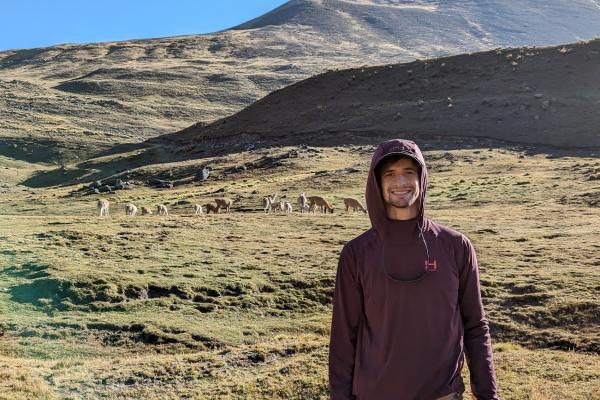
Tal Shutkin Receives Fulbright-Hays Doctoral Dissertation Research Abroad Fellowship
Geography Ph.D. candidate and Byrd Center's Glacier Environmental Change Group member Tal Shutkin has been awarded the prestigious 2023-2024 Fulbright-Hays Doctoral Dissertation Research Abroad (…
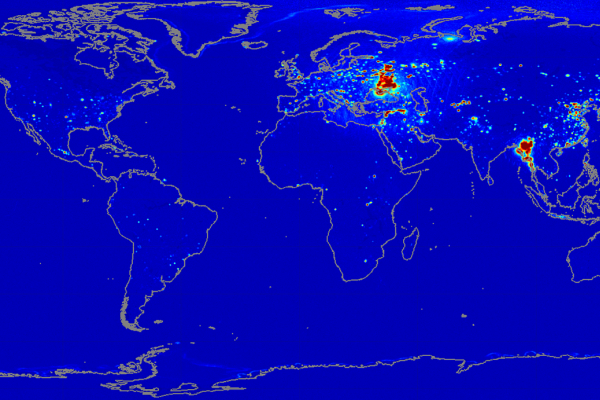
The European Space Agency Greenlights CryoRad, an Innovative Earth Explorer mission concept in Advancing Earth Observation
Byrd Center Researchers Collaborate Globally on Groundbreaking Cryosphere ResearchThe European Space Agency (ESA) has announced the selection of CryoRad as one of four mission ideas for its…
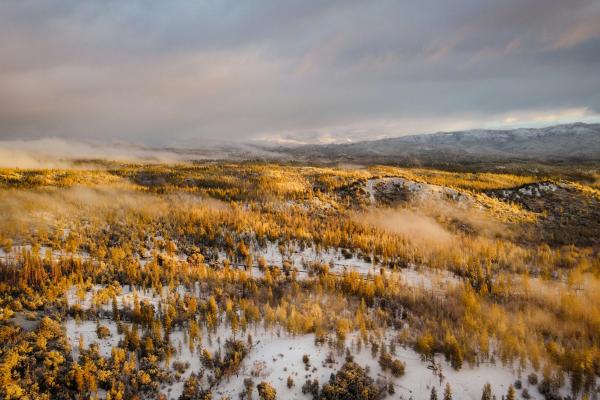
Thawing Permafrost Carbon Cycling and Insights from Comprehensive Analyses in Arctic Peatlands
As global temperatures increase, the carbon stored in permafrost is at risk of being broken down by microbes. The enzyme latch theory suggests that polyphenols—antioxidants that neutralize harmful…
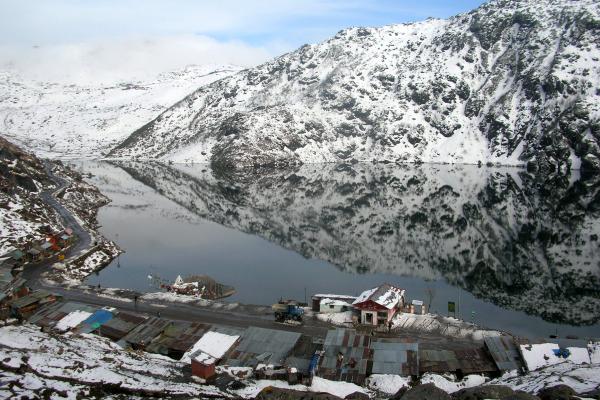
Climate Change Intensifies Risk of Devastating Floods in Sikkim Himalaya
A recent study published in the journal Remote Sensing Applications: Society and Environment, led by the Byrd Center's Postdoctoral Scholar Saurabh Kaushik highlights the increasing threat of…
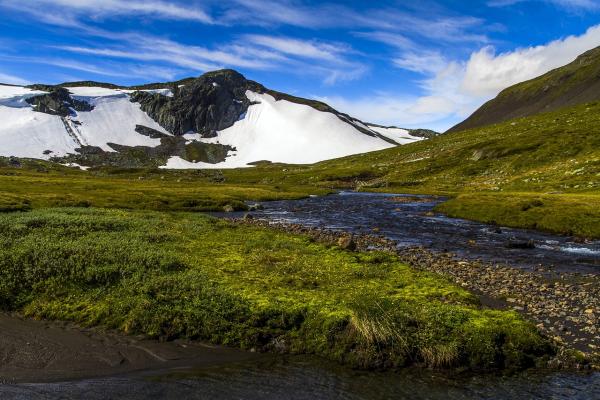
Climate Change and Its Impact on Iron and Phosphorus Dynamics in Arctic Tundra Ecosystems
In a recent study published in the American Chemical Society's Environmental Science & Technology journal, researchers investigated how iron can inhibit the transfer of phosphorus, a…
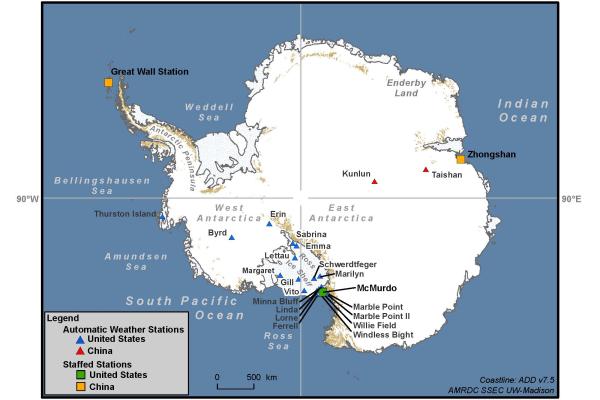
Extraordinary Antarctic Chill in Late Winter 2023
In the recent study published in Advances in Atmospheric Sciences, researchers meticulously documented unprecedented cold temperatures across Antarctica that significantly impaced critical…
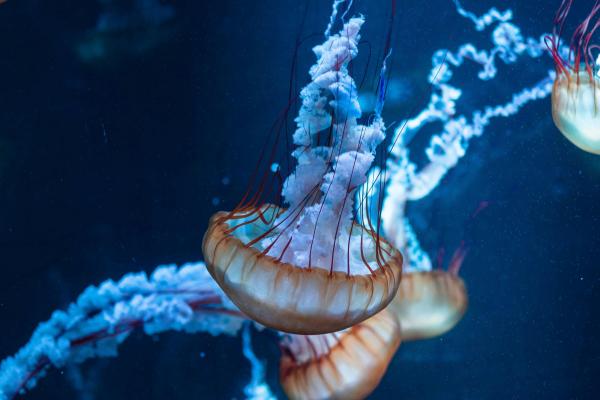
Understanding Environmental Effects on Viral Metabolic Reprogramming
The Potential for Enhancing Large-Scale Ocean Geochemistry Models and Addressing Broader Climate Change ImpactsFour years ago, a surprising lab discovery at The Ohio State University revealed that…

Study Reveals New Insights into the Atlantic Meridional Overturning Circulation and Its Climate Implications
The Atlantic Meridional Overturning Circulation (AMOC) plays a vital role in transporting climate change signals across the global ocean. A team of international researchers collaborated on a…
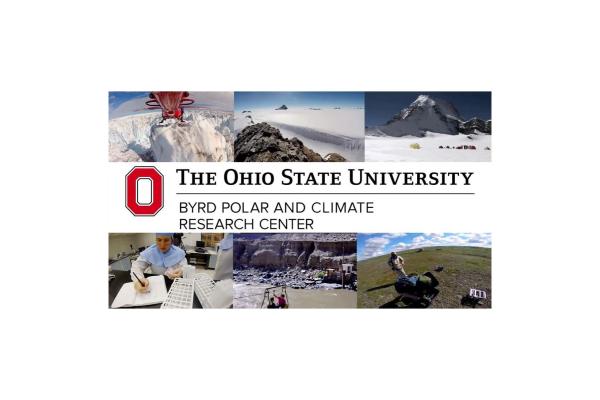
The Polar and Environmental Geochemistry Lab Seeks a Postdoctoral Scholar
The Polar and Environmental Geochemistry Lab, led by Byrd Center Principal Investigator Melisa Diaz, an assistant professor in the School of Earth Sciences, is currently seeking to…
